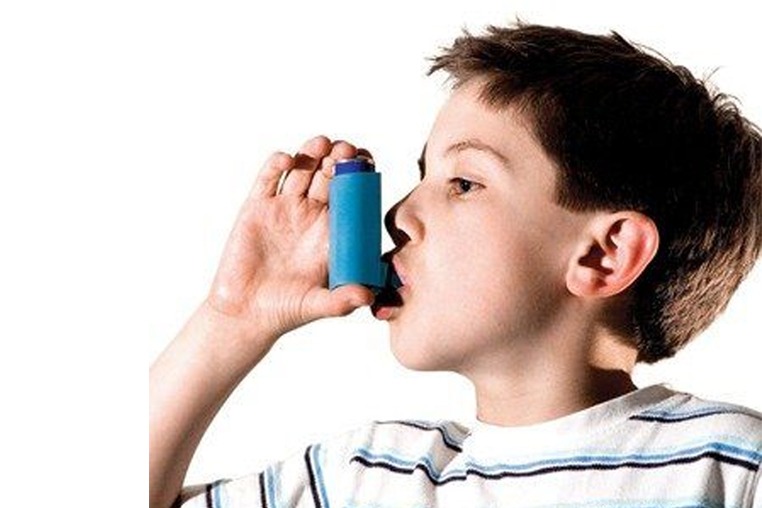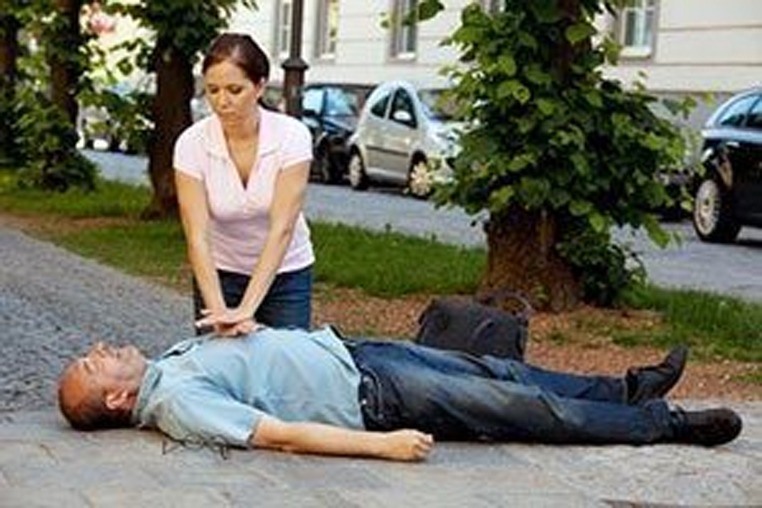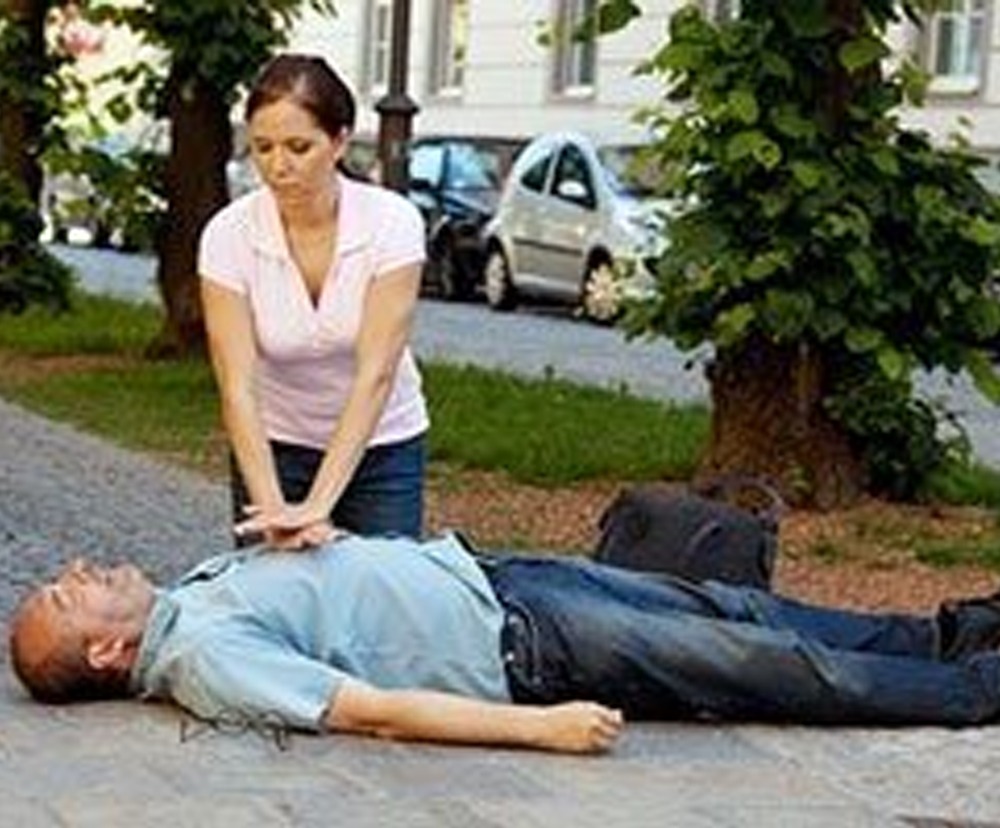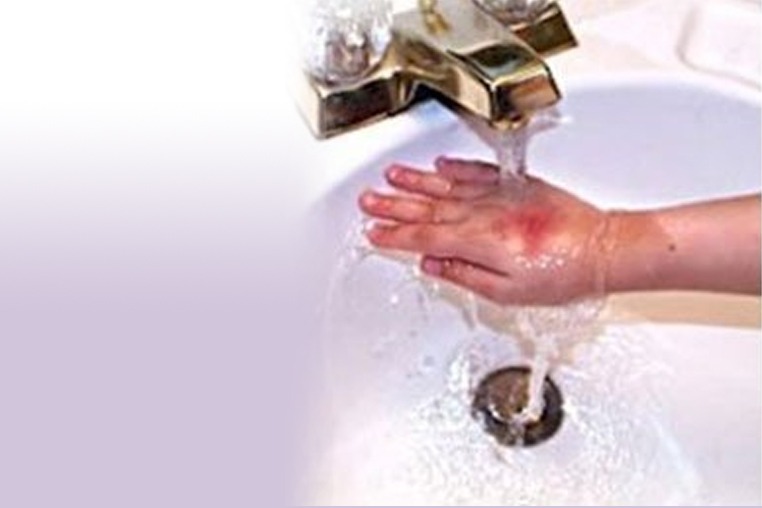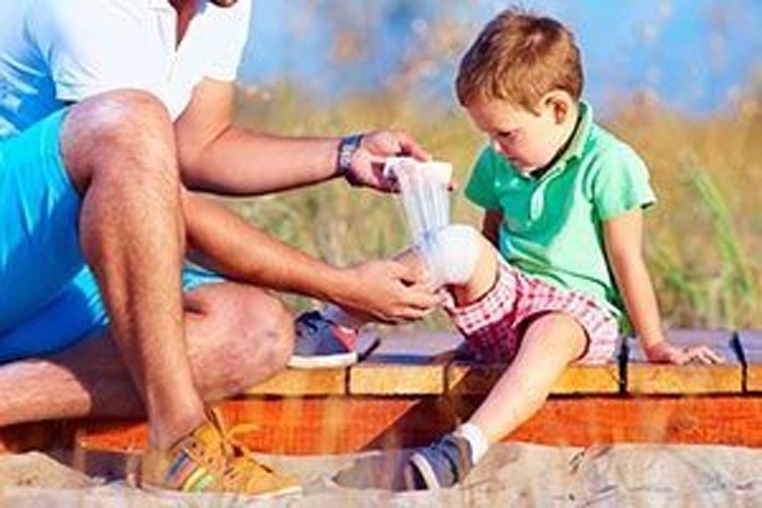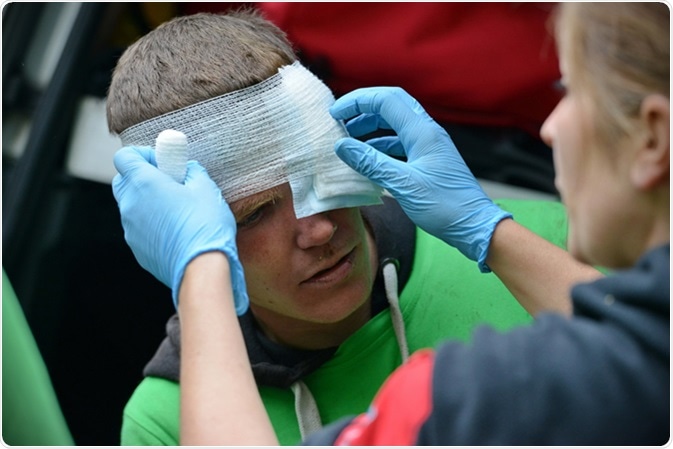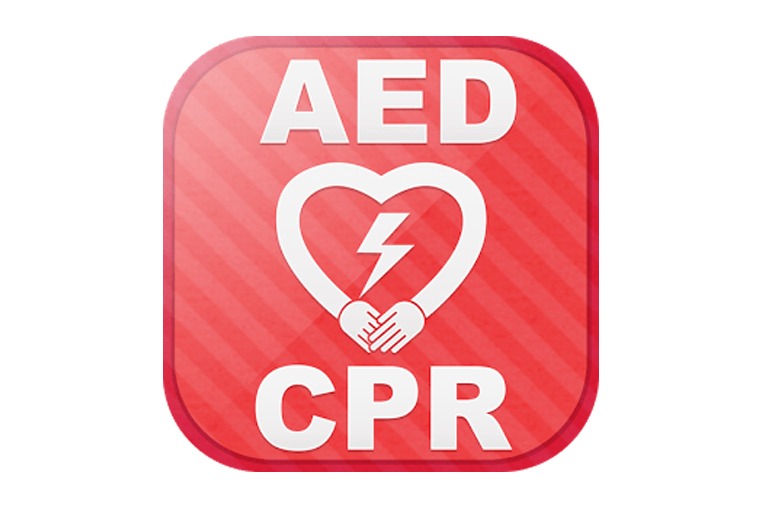First Aid Course Canberra. Experienced Trainers. Great Knowledge. Nationally Recognised Certificate. Two Great Locations in Dickson and Griffith.
This year’s World Mental Health Day was given the theme of youth mental health in a changing world, but is appointing a Minister for suicide prevention the best way to support teachers to help young people?
Wednesday 10 October 2018 08:15
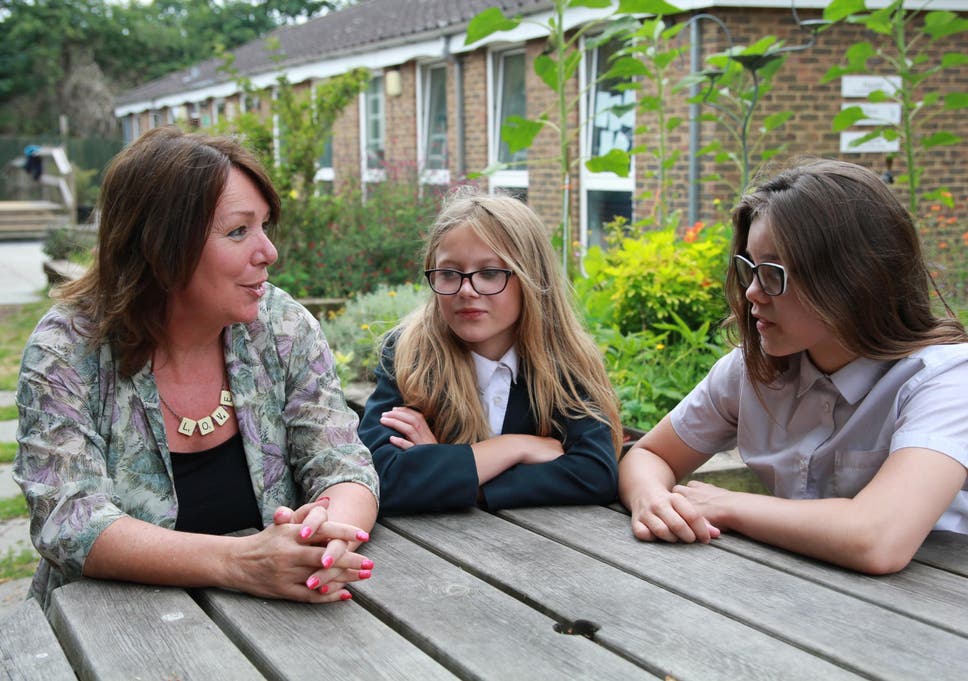
When Carrie saw her colleague Robert running down a corridor towards her one lunchtime she knew it must be something serious. As teachers, they spend a lot of their time telling pupils not to run, all too aware of the health and safety implications of an accident.
Minutes later, Carrie had followed her breathless colleague to the male toilets where a 16-year-old boy called Daniel had locked himself in a cubicle, threatening to take his own life. Another teacher, Kevin, was crouched down outside Daniel’s door, and a wave of relief flooded his face when he saw Carrie. Two months earlier Carrie was one of eight members of staff who had done a Mental Health First Aid (MHFA) training course, organised by the secondary school.
“I remember the adrenaline,” says Carrie, 32. “Just like anyone who is trained in physical first aid feels when they get called to someone who is injured, I felt a huge surge of responsibility to put what I’d learned into practice as best I could.”
After making sure the situation was safe for herself and asking Robert to stop anyone else from entering the toilet, Carrie began speaking to Daniel. “I honestly couldn’t really tell you how I started or exactly what I said, but I knew I wanted to reassure him I wouldn’t leave him, that he could tell me absolutely anything without judgement and that it would be in confidence.”
Daniel had already been in the cubicle for 20 minutes when Carrie arrived. He said he had a knife and made repeated threats about hurting himself. But after an hour of talking to Carrie, Daniel voluntarily opened the door and was then able to be taken to waiting professional help.
There were 177 suicides among 15- to 19-year-olds in 2017, compared with 110 in 2010, and according to charity Young Minds, nearly 25% of young people report feeling suicidal at least once. Today to mark World mental Health Day, Prime Minister Theresa May has appointed the first minister for suicide prevention. Health Minister Jackie Doyle-Price was appointed to the new role to help tackle the stigma surrounding suicide.
Amid this deepening crisis in young people’s mental health, teachers are very often the frontline in both detection and protection. To better equip them with the skills they need to talk to young people about mental health issues, schools are increasingly funding staff to attend MHFA training courses.
New research published this week has revealed the impact of MHFA training on secondary school staff in England. The study, conducted by a team of researchers from University College London involved over 1,000 school staff who had undergone a Youth MHFA training course and found they had a three-fold (190%) increase in confidence in knowledge, skills and awareness to support a young person struggling with their mental health.
Read more
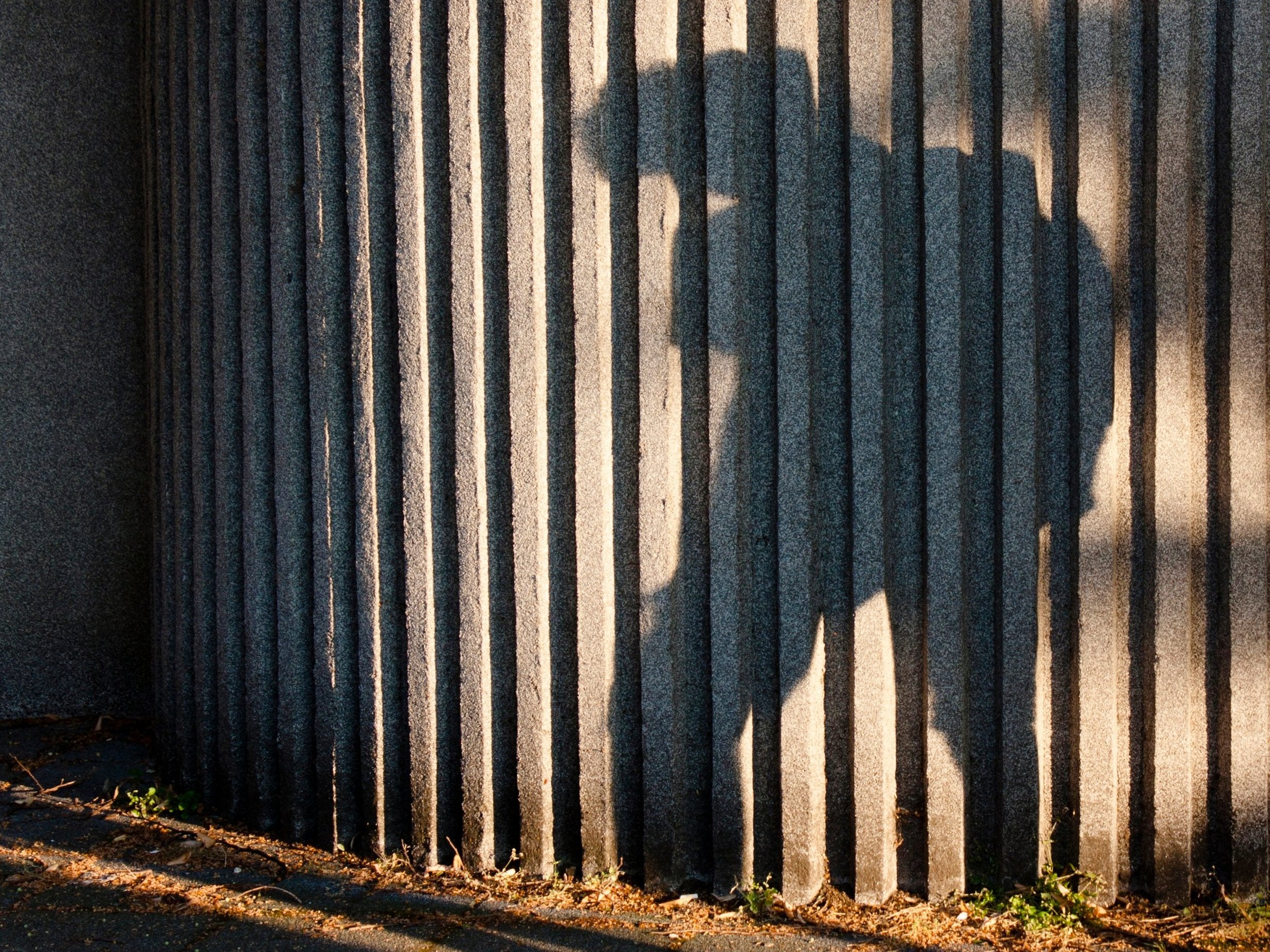
Child mental health referrals in England rise by more than quarter
Prior to undertaking Youth MHFA training, 30% of staff reported feeling knowledgeable, skilled and aware to support a young person experiencing mental ill health, which rose to 59% after completing the course. This further increased to 87% up to three terms later, highlighting a sustained improvement as staff put their skills into practice and had time to reflect on their training.
Caroline Hounsell, Director of Communities and Content Development, Mental Health First Aid England, said: “Schools routinely provide physical first aid and reassurance – there’s no reason why this shouldn’t be the case when they are struggling with their mental health. Skilling schools staff in Mental Health First Aid is having a really positive impact on their confidence around interacting with students.
“Whilst this programme is the first step in addressing the mental health training gap in schools, we hope to build on its success by continuing to give access to these skills to school staff across England.”
This year’s World Mental Health Day on 10 October was given the theme of youth mental health in a changing world. Upskilling teachers to both educate young people about mental illness and spot early signs is powerful piece of frontline armoury in the battle to tackle mental illness.
However the education profession is overstretched and under increasingly intense pressure. More than half of Britain’s teachers have a diagnosed mental health problem, according to a study by Leeds Beckett University. Pressures at work – coupled with mounting needs to care for students’ mental health – led three quarters of those surveyed earlier this year to say they believed their poor psychological and emotional conditions could have a detrimental effect on pupils’ progress, and the National Education Union (NEU) said the job was changing in ways which make it “impossible” for education staff to do well.
Further research by The Teacher’s Union (NASUWT) last year revealed that although 98% of teachers have contact with pupils who they believe are experiencing mental health issues, 46% report never having received any training on pupil mental health.
There is a clear need to address this lack of training. This week a petition with over 194,000 signatures has been taken to Downing Street to ask for the Health and Safety at Work Act to be amended so that workplaces and colleges make provision for mental health first aid, in the same way they do for physical first aid. It’s part of the Where’s Your Head At campaign which advocates MHFA training to aid early intervention – before the point of crisis – in a bid to help people get on a path to recovery as early as possible.
Your first aid course should include some mental health foirst aid also. Book today at www.canberrafirstaid.com

